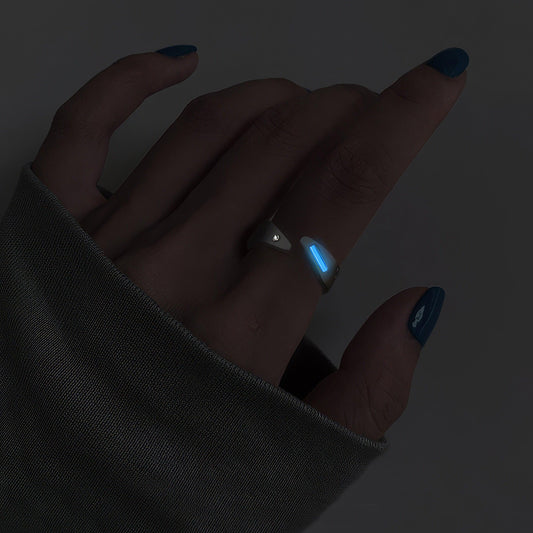How to Tell if a Diamond is Lab-Grown
How to Tell if a Diamond is Lab-Grown
You know, there was a time when my grandmother showed me her engagement ring, a cherished family heirloom that had been passed down through generations. As a child, I didn't fully grasp the magic those sparkles held. But as I grew older and diamond talk started buzzing amongst friends—especially the debate between natural and lab-grown—I began to wonder how one could tell the difference. It's not like these diamonds come with a user manual, after all.
Lab-grown diamonds have been gaining traction, and not just because they’re often more affordable. What caught my attention is their environmental advantage. They purportedly have a smaller carbon footprint compared to mined diamonds, paving the way for an eco-friendlier sparkle on your finger. But how can you really tell if you’re holding a lab-grown diamond? Let’s delve into this mystery a bit.
Firstly, there's no denying that both lab-grown and natural diamonds are chemically identical. They both look stunning, and you’d need more than the naked eye to differentiate them. This is where technology steps in. Jewelers use sophisticated tools like spectrometers and microscopes to detect subtle differences. Lab-grown diamonds often come with specific types of inclusions—those internal features that turn each gemstone into a sort of crystalline snowflake—something that a trained gemologist can spot.
Now, here's where I got a bit curious. I had a friend who bought a lab-grown diamond engagement ring recently, and she had a delightful tale. She took it to a jeweler to get it appraised, and the look on the jeweler’s face when they realized it wasn’t natural was priceless, like finding out that the Mona Lisa was a high-quality replica. Who knew that tiny bits of history—or lack thereof—could evoke such surprise?
Another fascinating fact is that lab-grown diamonds often have a laser inscription on the girdle, the outer rim of the stone, indicating their origin. Sure, it'll require a magnifying glass or loupe to see, but it's like a little secret message etched into the heart of the gem. Intriguing, isn't it?
One can't overlook the cultural impact of lab-grown diamonds, either. They're not just another option on the jewelry market; they represent a shift in consumer values. Today, more people are leaning toward sustainability and ethical sourcing, which, in a way, adds an entirely new layer of significance to these gems. I find it refreshing, like choosing a hybrid car over a gas guzzler.
In the end, whether a diamond is lab-grown or mined might not matter to everyone. But if you find yourself as intrigued as I was, know that technology is on your side. Grab that magnifying glass and explore the hidden inscriptions, or chat up a gemologist—it might just add another chapter to your own diamond story. And who knows, maybe one day, you might pass down your own unique piece, with its own tales of mystery and marvel, to the next generation.




























